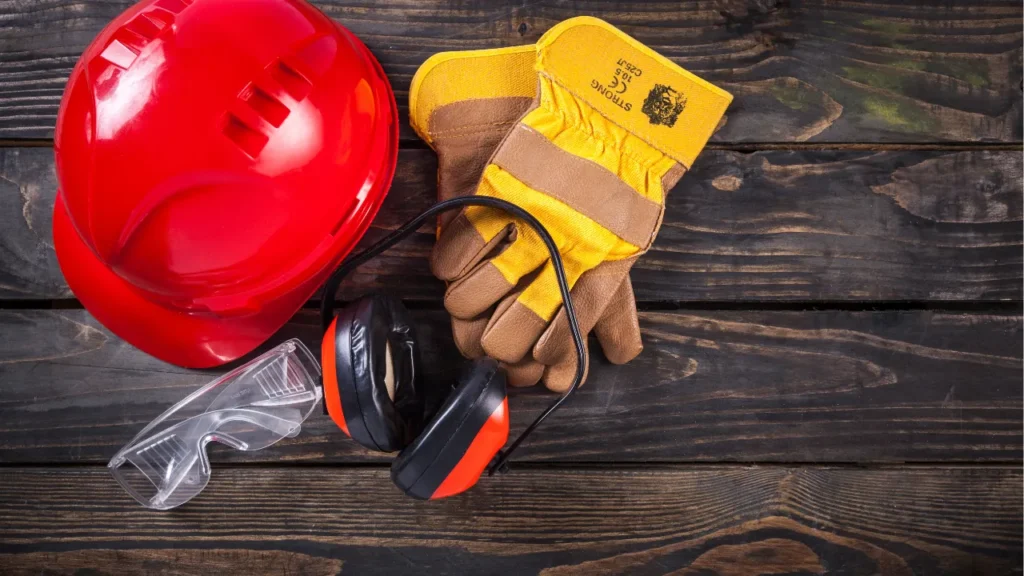In the mining industry, safety is a shared responsibility. While regulations, technologies, and training play critical roles, fostering a culture of collaboration is the key to achieving and maintaining high safety standards.
By uniting workers, management, technology providers, and regulatory bodies, mining companies can create safer environments and more efficient operations.
This blog explores the importance of collaboration in enhancing mine safety and how it can drive long-term success.
Why Collaboration is Essential for Mine Safety
Mining operations are inherently complex, involving numerous stakeholders with diverse roles and responsibilities. Collaboration ensures:
- Shared Accountability: Everyone in the operation, from workers to executives, contributes to safety goals.
- Diverse Perspectives: Insights from various teams help identify potential risks and innovative solutions.
- Efficient Communication: Clear channels of communication ensure that safety protocols are well-understood and followed.
Key Areas of Collaboration for Mine Safety
Effective collaboration spans several areas, including:
- Workforce Engagement: Empowering workers to participate in safety planning and decision-making fosters a culture of ownership and vigilance.
- Integration with Technology Providers: Collaborating with technology vendors ensures the right tools—like IoT sensors, AI systems, and real-time monitoring—are deployed effectively to enhance safety.
- Regulatory Alignment: Working closely with bodies like the Department of Mineral Resources and Energy (DMRE) and MOSH ensures compliance with evolving safety standards.
- Interdepartmental Cooperation: Departments such as operations, maintenance, and safety teams must work together to address risks comprehensively.
Benefits of Collaboration in Mine Safety
Collaboration leads to significant safety and operational benefits:
- Reduced Accidents: Joint efforts in risk identification and mitigation lower the likelihood of incidents.
- Improved Compliance: Teams working together ensure adherence to DMRE and MOSH guidelines.
- Enhanced Innovation: Cross-functional collaboration drives the development of creative safety solutions.
- Boosted Morale: Workers feel valued and protected when their voices are heard in safety planning.
Real-World Examples of Collaborative Safety Initiatives
- Joint Safety Committees: Bringing workers, supervisors, and safety officers together to review and improve safety protocols.
- Vendor Partnerships: Implementing advanced technologies through close collaboration with technology providers like VTI.
- Community Involvement: Engaging local communities to ensure mine safety extends beyond the operation’s boundaries.
How VTI Facilitates Collaboration for Safety
At VTI, we understand that collaboration is the cornerstone of safety. Our approach includes:
- Customizable safety solutions developed in partnership with mining operations.
- Advanced monitoring technologies integrated seamlessly with existing systems.
- Training programs to ensure all stakeholders understand and adopt safety innovations.
Conclusion
Collaboration is more than a strategy—it’s a commitment to creating safer mining environments.
By fostering strong partnerships and open communication, mining companies can ensure their operations prioritize safety, efficiency, and compliance.
Ready to enhance safety in your mining operations through collaboration? Contact VTI today to learn how our solutions can help you achieve your goals.


